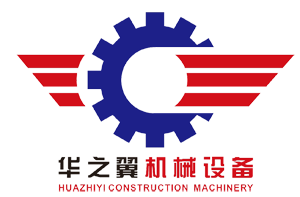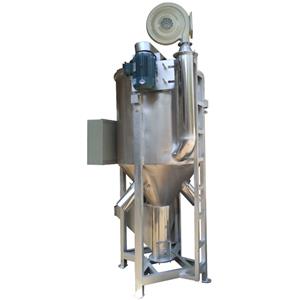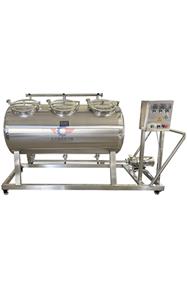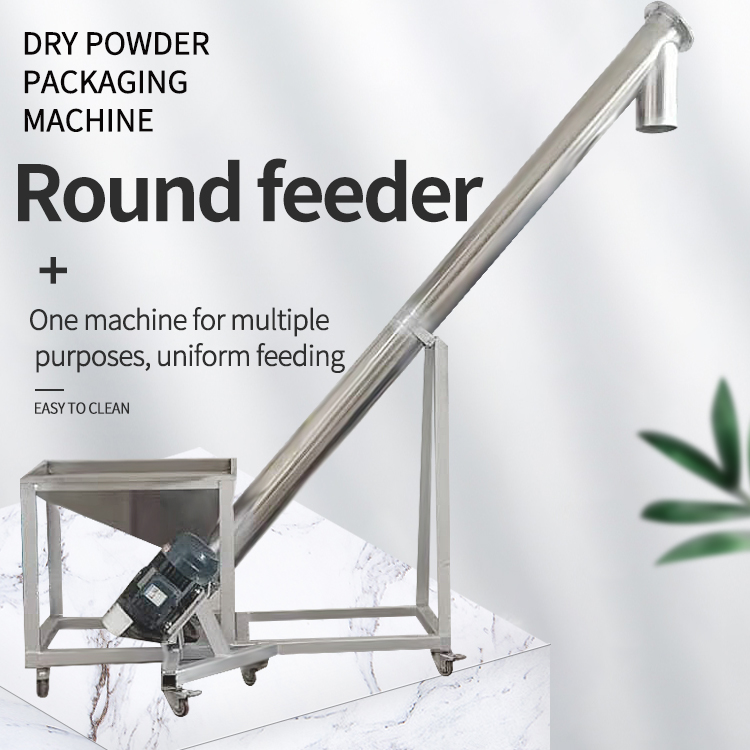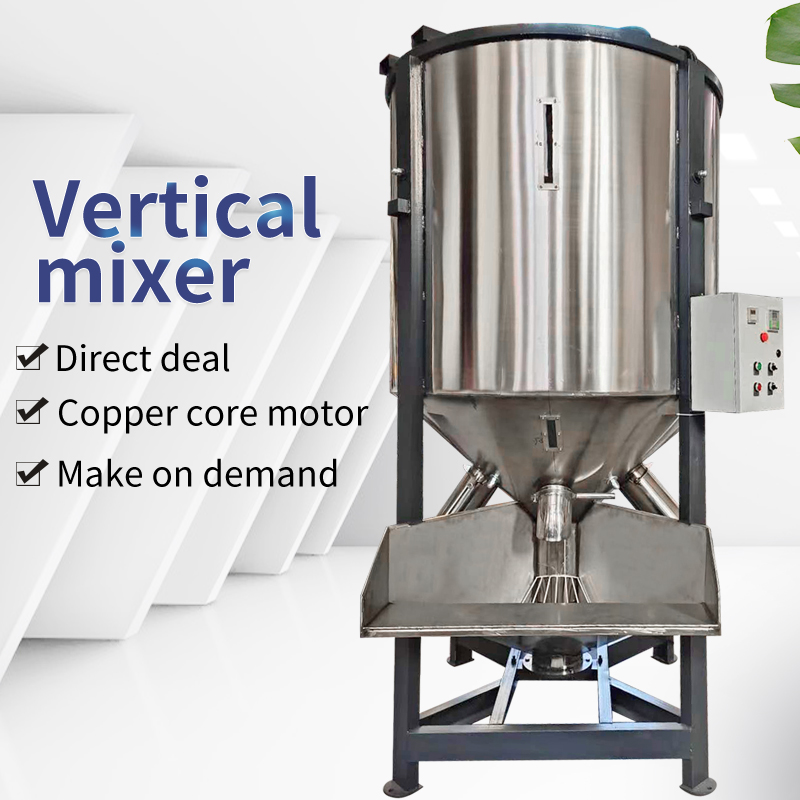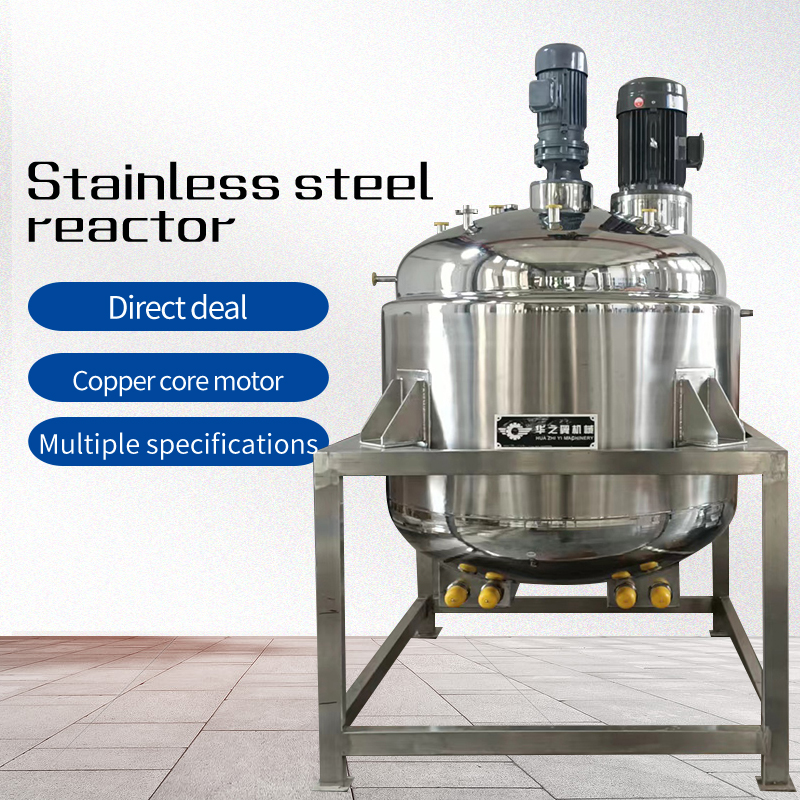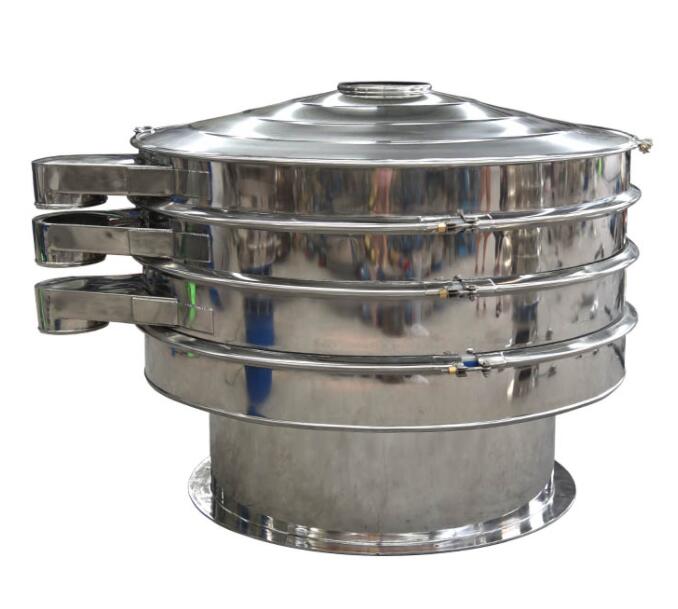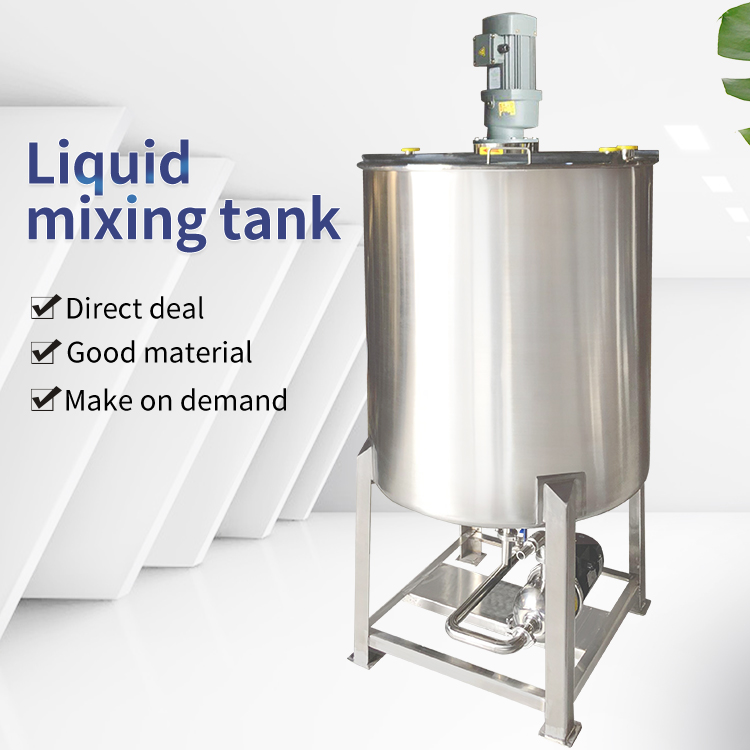-
03-22 2025
Today, we will introduce an efficient screw conveyor
A screw conveyor is powered by an electric motor, which is transmitted through a belt or driven by a reducer to a screw. The material is squeezed forward by the rotation of the screw, and there is a forward push between the materials. The material is fed from the inlet and forcibly pushed to the outlet by the screw.
-
03-22 2025
Today we will talk about the advantages of vertical mixers
The stainless steel vertical drying mixer mainly consists of: motor, barrel body, heating tube, screw, discharge port, cleaning port, pulley, window, ladder, inlet, electrical box, circulating feeding port, feeding port, etc. It has the characteristics of small footprint, compact structure, uniform mixing, and easy operation.
-
03-18 2025
Today, let's talk about the working principle of the screw conveyor
A screw conveyor is composed of a motor, conveying pipe, conveying shaft, blades, hopper, bracket, etc. It uses a rotating screw to move the conveyed material along a fixed casing for conveying work.
-
03-15 2025
Today we will talk about how to distinguish between mixing tanks and reaction vessels
There are many similarities in function and use between mixing tanks and reaction vessels, both of which are used for stirring liquid materials. The difference lies in the structure: the mixing tank is mostly a top flat cover structure, while the reaction kettle is a top and bottom head structure.
-
03-07 2025
Today we will introduce a device used for classification
Circular vibrating screen is a high-precision fine powder screening equipment with low noise and high efficiency. It takes 3-5 minutes to quickly change the screen and has a fully enclosed structure. It is suitable for screening and filtering materials such as particles, powder, and mucus. The circular vibrating screen is excited by an upright motor, which is equipped with eccentric weights at the upper and lower ends of the motor. The rotating motion of the motor is transformed into horizontal, vertical, and inclined three-dimensional motion, which is then transmitted to the screen surface. Adjusting the phase angle between the upper and lower ends can change the motion trajectory of the material on the screen surface.
-
03-03 2025
What industries are mixing tanks used for
A mixing tank is used for mixing, blending, blending, and homogenization of materials. Stainless steel mixing tanks are designed with standardized and user-friendly structures and configurations according to the requirements of production processes. Mixing tanks are widely used in industries such as coatings, building materials, chemicals, pigments, resins, food, and scientific research. This device can be made of materials such as carbon steel and stainless steel according to the process requirements of the user's product, and equipped with heating and cooling devices to meet different process and production needs.
